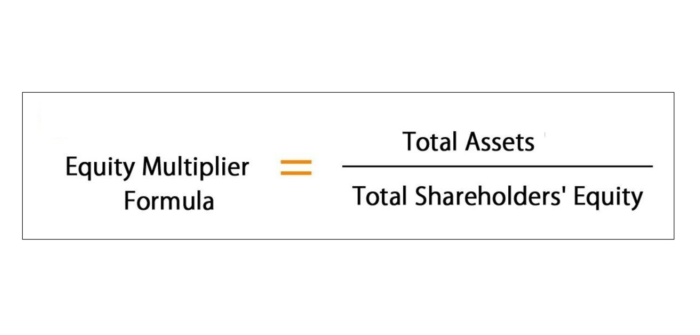
Smaller churches won’t need an accountant on staff, so you can hire a freelance accountant or contact a local business to create these reports quarterly or annually. Smaller churches can use a volunteer or part-time employee with fund accounting experience as a bookkeeper. Bookkeepers oversee your church’s payroll, donation, and expense tracking. The best way to organize the above-mentioned funds is with fund accounting. Fund accounting helps churches sort income by how it’s collected and used.
How to Get More Donors for Your Nonprofit
Learn more about our church reporting tools, budgeting features, and accounting solutions. Now let’s go over each of these account types — assets, liabilities, expenses, and revenues. A church’s Chart of Accounts is simply a list of accounts and categories that help to organize its financial transactions. “List” doesn’t sound nearly as spiffy as “Chart of Accounts” so I can understand why they named it that.
Budgeting and Financial Planning: Charting Your Course
Larger churches with various funding sources should have an accountant on staff. An accountant will help inform your church’s board of all financial changes and requirements. Since churches are classified as nonprofits by the IRS, many accounting practices are similar, but there are a few differences between the two. You can also integrate Donorbox with leading accounting software like QuickBooks to sync donation data in both systems and utilize it for your fund accounting needs.
Locations, funds, and departments: common building blocks of an effective COA

As a church leader, your top priority is furthering your church’s mission and ministry. Structure your financial systems to wholly support your mission work and enhance the effectiveness of your organization. These three areas surface regularly when redesigning a church’s general ledger accounts. However, because local churches often provide meals for multiple unrelated purposes, accounting for food and beverage is often the most complex. The common building blocks of an effective COA are locations, funds, and departments.
- They are credited when they decrease, such as when cash is spent or when an asset is sold.
- You need fund accounting software that can easily create funds in your chart of accounts.
- It can also aid in ensuring that funds are used in accordance with donor restrictions and in alignment with the church’s mission and goals.
- Have a brief discussion with senior and executive pastors about how they see the vision, plans, and org chart changing over the next three to five years.
By understanding and effectively utilizing a Chart of Accounts, churches can ensure they are managing their finances in a way that best supports their mission and serves their community. Liabilities are credited when they increase, such as when a loan is taken or an account payable is created. They are debited when they decrease, such as when a loan is repaid or an account payable is settled. Donorbox integrates with QuickBooks to help you manage your accounting while raising more for your church!
Download our free sample church chart of accounts and compare it to yours. Liabilities are used extensively when an organization is using accrual based accounting. We discuss these two methods in the third part of this series as one method greatly affects the liabilities and the other doesn’t. Liability accounts list things like current liabilities and long-term liabilities. The big difference between these two sections is that current liabilities are anything the organization will pay in less than a year. Long term liabilities are obligations that are paid over a year or more.
- They will also need a separate bookkeeper to keep track of funds throughout the year.
- Work with the church accounting specialists at Jitasa to refine your financial management practices.
- We discuss these two methods in the third part of this series as one method greatly affects the liabilities and the other doesn’t.
- Structure your financial systems to wholly support your mission work and enhance the effectiveness of your organization.
- However, be sure to regularly review your Chart of Accounts to keep your church’s finances as accurate and up-to-date as possible.
- By understanding these foundational aspects of church accounting, you’re well on your way to ensuring your ministry operates with financial responsibility and transparency.
Creating a Chart of Accounts with ACCOUNTS
While it can be daunting, church accounting is a necessary step to build trust with your congregants and community while adhering to all IRS guidelines for churches. Plus, it can help you use donations correctly, which is sample chart of accounts for churches crucial for gaining repeat donors. Read on to learn everything you need to know about accounting for churches, including how to get started. It’s important that your church has a template for an annual budget report.
The Mandatory Financial Documents for Church Accounting
However, as your church grows and its financial situation becomes more complex, you’ll eventually need to switch to dedicated accounting software. If your operating budget is your church’s master financial plan, financial statements are your church’s master fiscal reports. Each statement organizes and summarizes your church’s data in a different way to provide insights into its financial situation. We need to take a look at the net assets because this is typically called owner’s equity in most accounting software. This is a major difference between nonprofit and for-profit accounting software.
